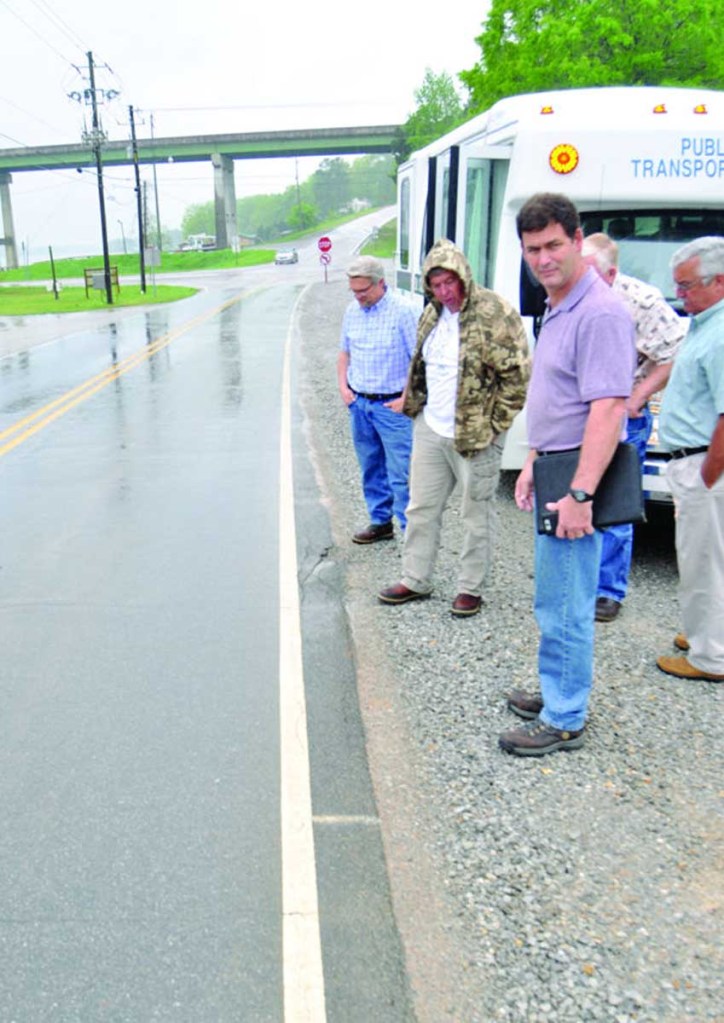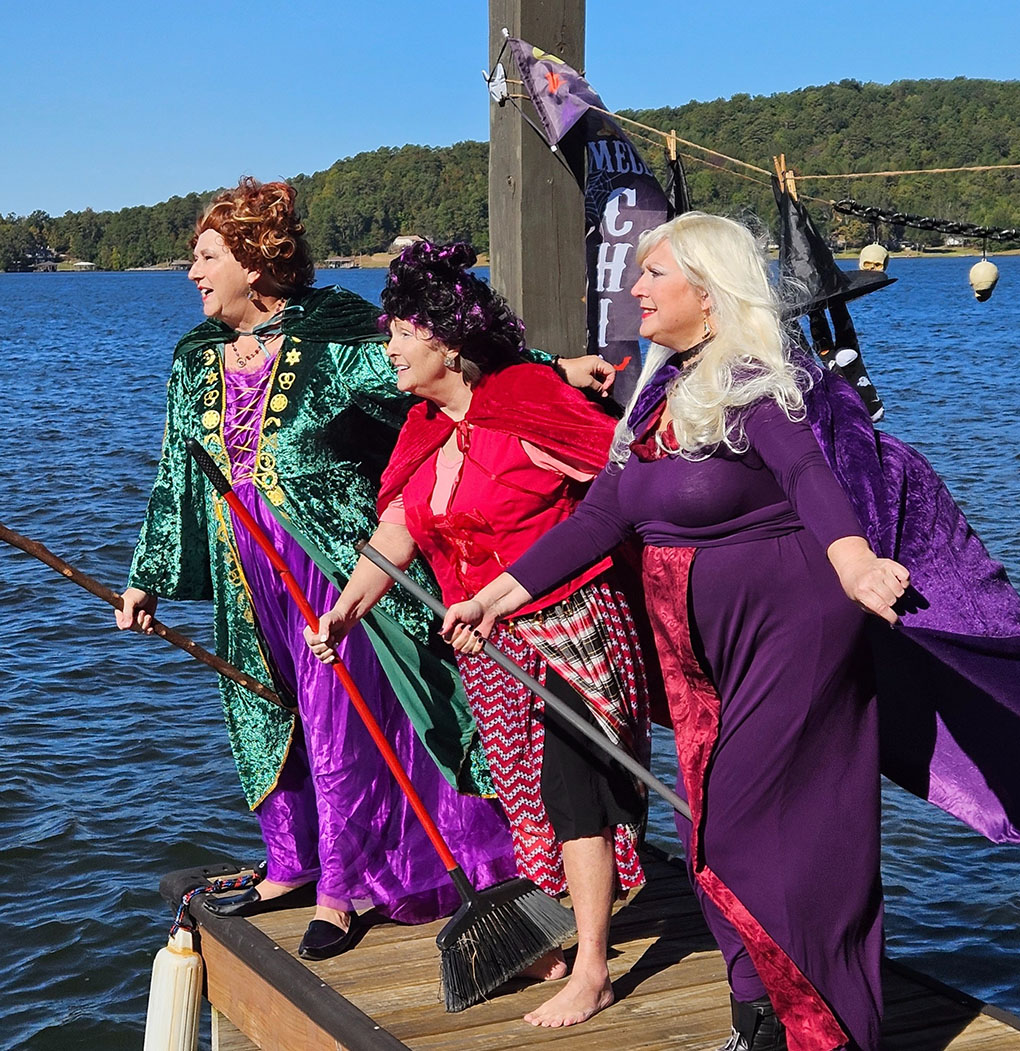Commission explores roads in need – and ways to save on resurfacing them
Published 2:00 pm Thursday, April 23, 2015

- In the driving rain, St. Clair County Commissioners and Engineers survey a road in Rainbow City repaved using microsurfacing. Using this method for future projects in the county could drastically reduce the cost of road repair.
As the bus crawled it’s way down Valley Road in Ragland, all seats full, every head bounced to the rhythm of the asphalt. The road, which has held together well since its last resurfacing, still bears scars, frequent potholes and loose gravel for the duration. But several cars passed by the bus as it moved along nonetheless.
“This is a double-surface,” Clay Phillips said. “It’s what most of our roads are in the county.”
Trending
Phillips is St. Clair County’s assistant engineer, and he knows a great deal about your roads. He and County Engineer Dan Dahlke oversee the condition of approximately 650 miles of them. Earlier this week, they were looking for specific targets, though.
On April 13, Phillips and Dahlke joined St. Clair County Commissioners and other County administrators on a bus tour of some road surfaces in the county most in need — the ones that will be next in line when the funds are available. But their purpose wasn’t simply to look around.
When it left the County Commission offices in Ashville, the bus proceeded directly to Rainbow City, where Commissioners could inspect a new material being used to improve driving conditions for a fraction of the cost. It’s called miscrosurfacing — or slurry, informally — and using it to repave roads could allow the Commission to stretch its budget.
High-volume roads like highways, Dalhke said, are resurfaced using a material called Plant Mix or Hot Mix. True to its name, it’s a collection of rock and asphalt that’s produced at a plant and applied at high temperatures. Typically, the surface after it’s applied and pressed is anywhere from 1.5 to 3 inches thick.
Like Plant Mix, the materials used on most county roads are estimated to last a minimum of 10 years. Dahlke called it “tar and gravel,” referring to the process of double- and triple-surfacing. Either of these options are bout an inch thick.
When the bus stopped on a road along the Coosa River, commissioners stepped out into the pouring rain to look at the difference, Dahlke pointed to the blacktop beneath them along the roadside. The surface is only about half an inch thick.
“This can’t be applied with our equipment,” he told commissioners, “but the cost to hire someone else is about a quarter of what you pay for plant mix.”
Basically, funding used to resurface one mile of county roads with Plant Mix could repave up to four miles with microsurfacing.
The Commission took the tour as a proactive measure. Its purpose was to identify a plan for upcoming infrastructure spending and determine if microsurfacing was a viable option. According to Chairman Paul Manning, the County expects to have room in the 2016 budget for new projects.
“We’ve had a lot of success with our ATRIP projects,” Commission Chairman Paul Manning said. “With some of those larger projects either moving or funded, we have some room to look at other areas of need.”
State funding through the Alabama Transportation and Rehabilitation Improvement Program, or ATRIP, could help the County start work on nearly 27 miles of road resurfacing in 2015. The program requires the County match 20 percent of the funding for the project. This year that amounts to $1.26 million.
Additional ATRIP projects are planned for next year, which require more matching funds, but the County sees promise in the numbers for additional miles of work — and maybe far more if microsurfacing is proven durable and viable.


